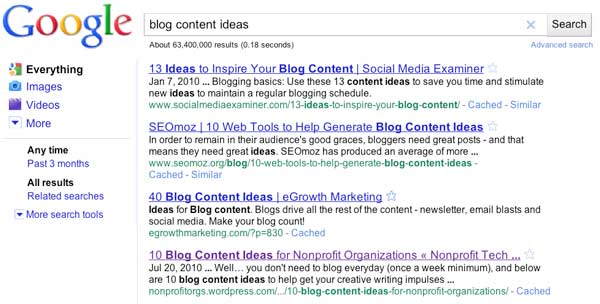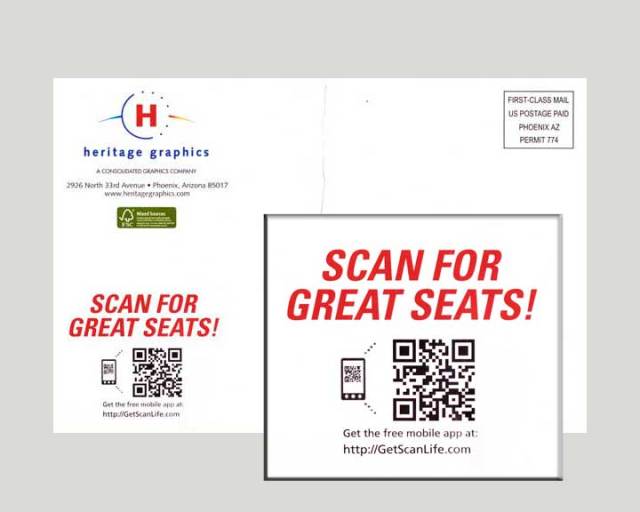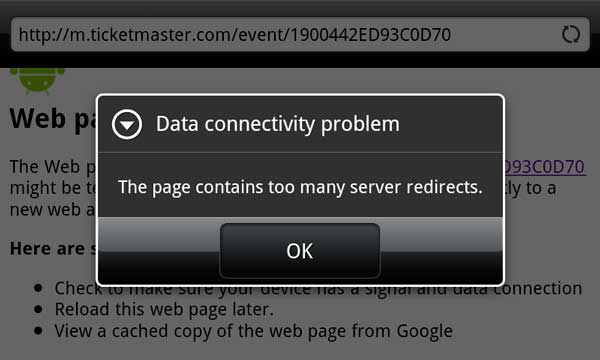Are you responsible for writing your nonprofit’s blog? Do you dread the task because the spark of inspiration eludes you? Do your posts lack sizzle?
If so, you are not alone. But take heart! Simply enter “blog content ideas” into your search engine and you will have a wealth of inspiration on your computer screen. I tried it and this is what I found:
Eureka! Not only blog content ideas, but content ideas tailored to nonprofits. So I checked out 10 Blog Content Ideas for Nonprofit Organizations and was treated to a wonderful post by Heather Mansfield.
In today’s blog, I’d like to highlight Mansfield’s Tip #9 – share your social media success stories. Mansfield advocates blogging about your organization’s successful forays into social media marketing. Readers are looking for content about successful social media initiatives. She also notes the importance of putting “nonprofit social media success story” in your blog’s title because blogging significantly impacts search engine results. She then challenges the reader to “Google nonprofit social media success story.”
So I did…and found 328,000 results!
So use your blog to highlight your social media success stories and use the success stories of others to inspire your nonprofit social media strategies.









